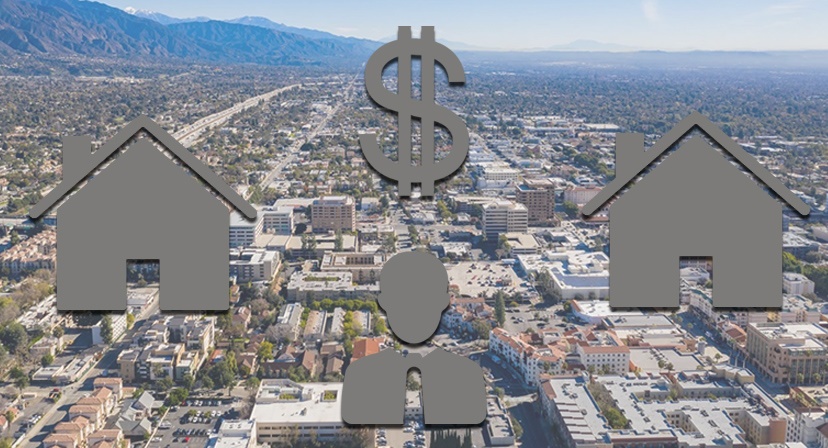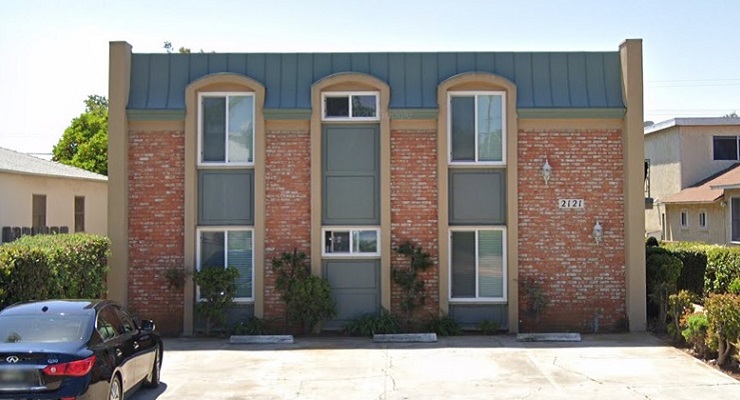
As some consumer prices drop, mortgage rates have continued to climb this week, as daily rates topped 8% several times, according to a recent report from the California Association of Realtors (CAR).
The bond market is seemingly hovering in a “higher-for-longer” mode, and rates for 10-year notes are quickly approaching 5% after remaining relatively flat through the first half of this year, the report noted..
Though consumers continue to drive the U.S. economy, as reported in last month’s labor market statistics for California, the state’s housing supply remains depressed behind slower home sales.
And thus, despite the impacts to buyer demand as rates increase, home prices logged their third consecutive year-to-year increase last month, said CAR.
As the Federal Reserve’s 2022 Survey of Consumer Finance (SCF) report last week showed, homeowners continue to account for the majority of wealth accumulation in the U.S.
The recently released survey for 2022, reported that between the 2019 and 2022 surveys, real median family income—measured for the year before the survey—rose a relatively modest 3 percent, while real mean family income grew 15 percent. Increases in income were experienced across the income distribution but were largest at the top, consistent with some increase in income inequality over this period. Indeed, the between-survey growth in mean income was one of the largest three-year changes over the history of the modern SCF.
In addition, said the survey, a relatively large share of families, 28 percent, reported that their income during the 2021 calendar year differed from its usual amount—that is, their “usual income”—reflecting elevated shares of both families with higher-than-usual income and families with lower-than-usual income.
The Fed survey noted that median and mean income were relatively widespread across different types of families, whether grouped by economic characteristics (for example, level of usual income, level of wealth, urbanicity, or homeowner status) or demographic characteristics (for example, age or race and ethnicity), and any declines were modest.
Last year, the typical, inflation-adjusted, net worth for a U.S. household rose to $192,900. However, broken down by housing tenure shows that homeowner wealth reached a median of $396,200 last year, while median net worth for renters was just $10,400. This is only $1,000 higher than the previous all-time high set back in 1995 and demonstrates that renting continues to disappoint when it comes to generating wealth and highlights why owning a home is a wise long-term financial move.
The survey also pointed out that between 2019 and 2022, real median net worth surged 37 percent, and real mean net worth increased 23 percent. These patterns imply some narrowing of the wealth distribution between surveys. Indeed, the 2019–22 growth in median net worth was the largest three-year increase over the history of the modern SCF, more than double the next-largest one on record.
Increases in both median and mean net worth were near-universal across different types of families, grouped by either economic or demographic characteristics.
Meanwhile, despite the fact that credit card debt has risen by nearly $150 billion compared with pre-pandemic levels, retail sales rose again in September as consumers continue their assault on the services sector, said the CAR report. Spending at bars, hotels, and restaurants remains strong. Even after netting out above-average inflation levels for the past year, real retail sales remain more than 10% above spending levels from January 2020, said the report.
CAR also noted that since consumers represent nearly 70% of U.S. gross domestic product (GDP), this suggests that 3rd quarter economic growth could come in much stronger than originally forecast, which will prevent the Federal Reserve from considering any potential rate cuts until next year.
Housing inventory remains the limiting factor on rebounding home sales, said the CAR report. The number of new residential housing starts rose to a 1.4 million unit pace last month. This is still likely below the level needed to meet demand given the lackluster numbers of the previous two years, but encouraging that new projects are moving forward despite the recent increase in mortgage rates. However, much of the activity was concentrated in multi-family building and the sustainability of the uptick has yet to be proven.
California’s housing inventory remains very tight, even by the standards of the past few years. However, the recent rise in rates is also having a more pronounced effect on homebuyer demand. Home sales trended back down to roughly 240,000 units last month. This is still slightly above the low-point reached back in November 2022, when sales fell to 235,000 units, but underscores that the return to more ‘normal’ levels of transactions will be a gradual process of fits and starts. Home prices are still on the uptick, and despite dipping slightly from August for seasonal reasons, the median closed price of an existing single-family home in California rose for its third consecutive month on a year-to-year basis.







